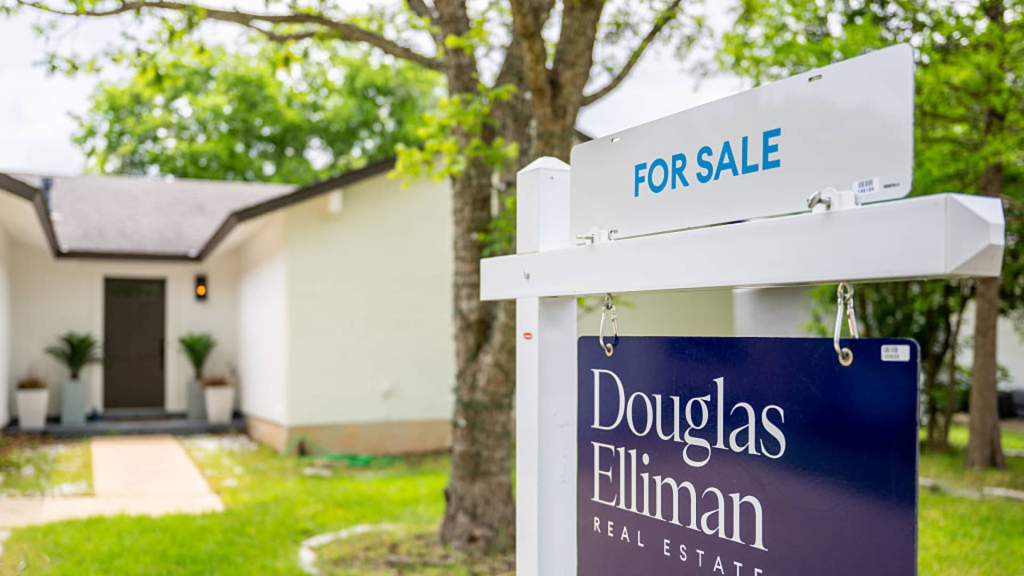In May, sales of previously owned homes saw a marginal increase of 0.8% from April, reaching a seasonally adjusted annual rate of 4.03 million units, as reported by the National Association of Realtors (NAR).
Analysts had anticipated a decline of 1%, and sales were recorded at 0.7% lower than figures from the same month last year.
The Northeast experienced the most significant growth, with sales rising 4.2% month-over-month. While sales also increased in the Midwest and South, the West saw a decrease of 5.4%, making it the priciest region in the country, according to NAR data.
The reported sales figures reflect completed transactions, indicating that most contracts were likely signed in March and April. After holding steady in March, the average rate on a 30-year fixed mortgage spiked over 7% in April.
Lawrence Yun, NAR’s chief economist, highlighted that the subdued sales environment is primarily a result of persistently high mortgage rates. “Lower interest rates will attract more buyers and sellers to the housing market,” he remarked in a statement. “If mortgage rates decline in the latter half of this year, we can expect to see a boost in home sales across the nation, driven by strong income growth, healthy inventory, and a record number of jobs.”
The marginal increase in sales from April can be attributed to a significant rise in the number of homes available for sale. By the end of May, there were 1.54 million units on the market, marking a more than 20% increase compared to last year. This level of inventory equates to a 4.6-month supply at the current sales pace, still considered historically low.
This relatively tight supply continues to exert upward pressure on home prices. The median price of an existing home sold in May reached $422,800, reflecting a year-over-year increase of 1.3%—setting a record for that month.
Demand remains robust relative to supply, evident from the fact that 28% of homes sold above their list price, an increase from 18% the previous month, although down from 30% in May 2024.
Sales have shown stronger performance at the higher end of the market, attributed to greater availability. However, in the $1 million-plus segment, sales have declined compared to a year prior. Notably, the $750,000 to $1 million range experienced a modest uptick of 1%, according to NAR.
“The upper end market is showing no difference compared to other price points,” Yun stated, noting that while the high-end market had outperformed others for the last 20 months, that trend appears to be shifting. He suggested that this may be due to lingering effects of stock market volatility that began with the announcement of tariffs in April.
Homes are now taking longer to sell, averaging 27 days compared to 24 days last year. First-time buyers accounted for only 30% of the market, a slight decrease from 31% the previous year, while cash transactions comprised 27% of total sales, marking an increase from the prior year.


























